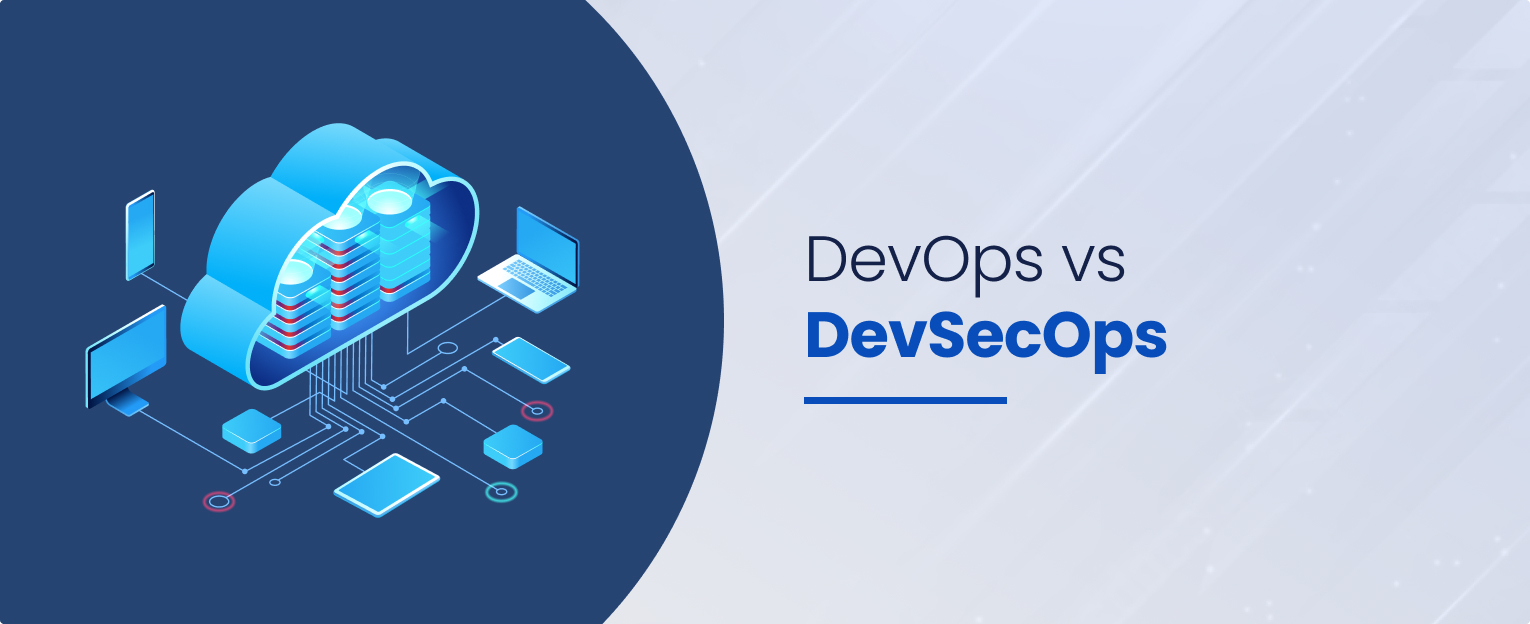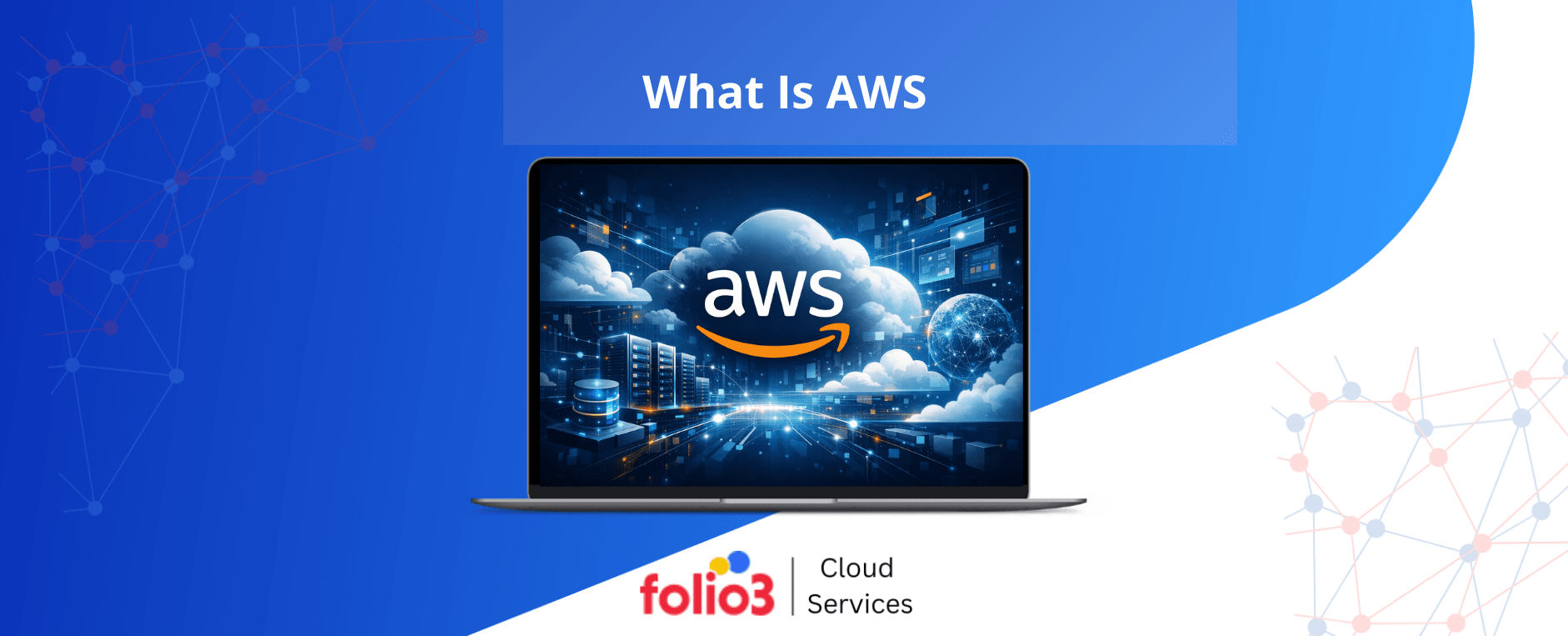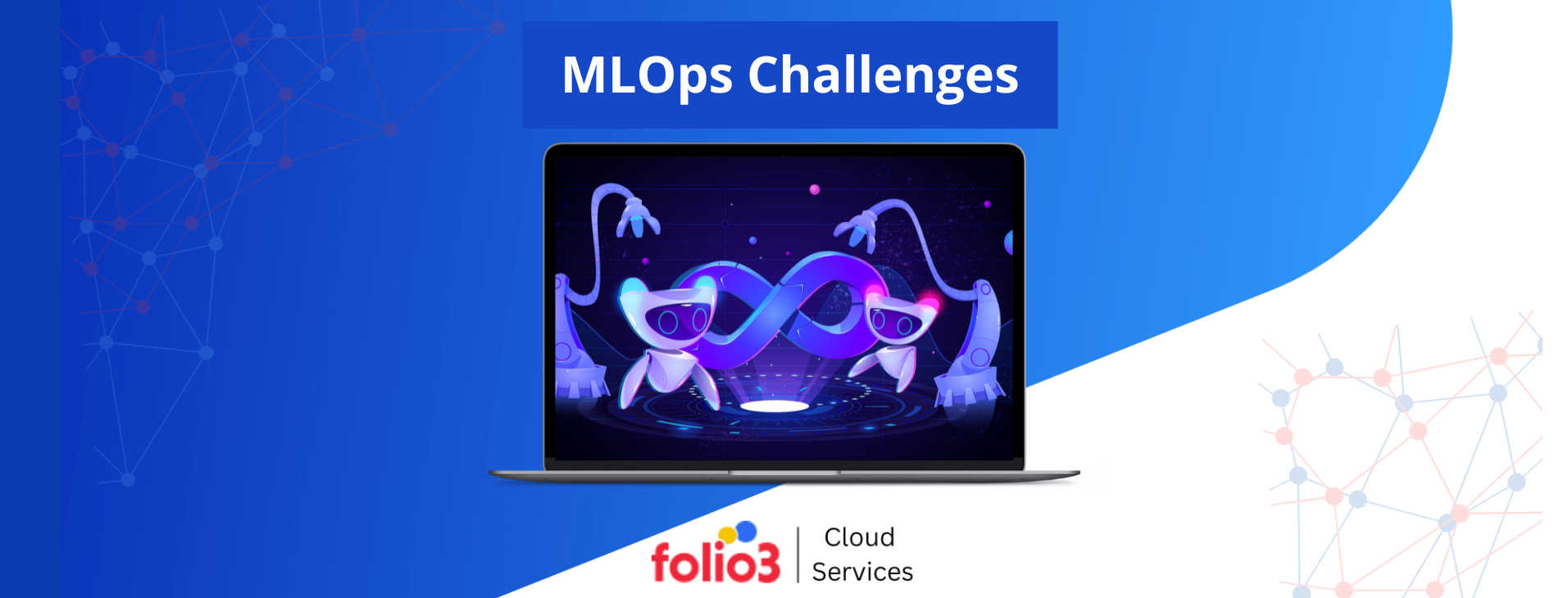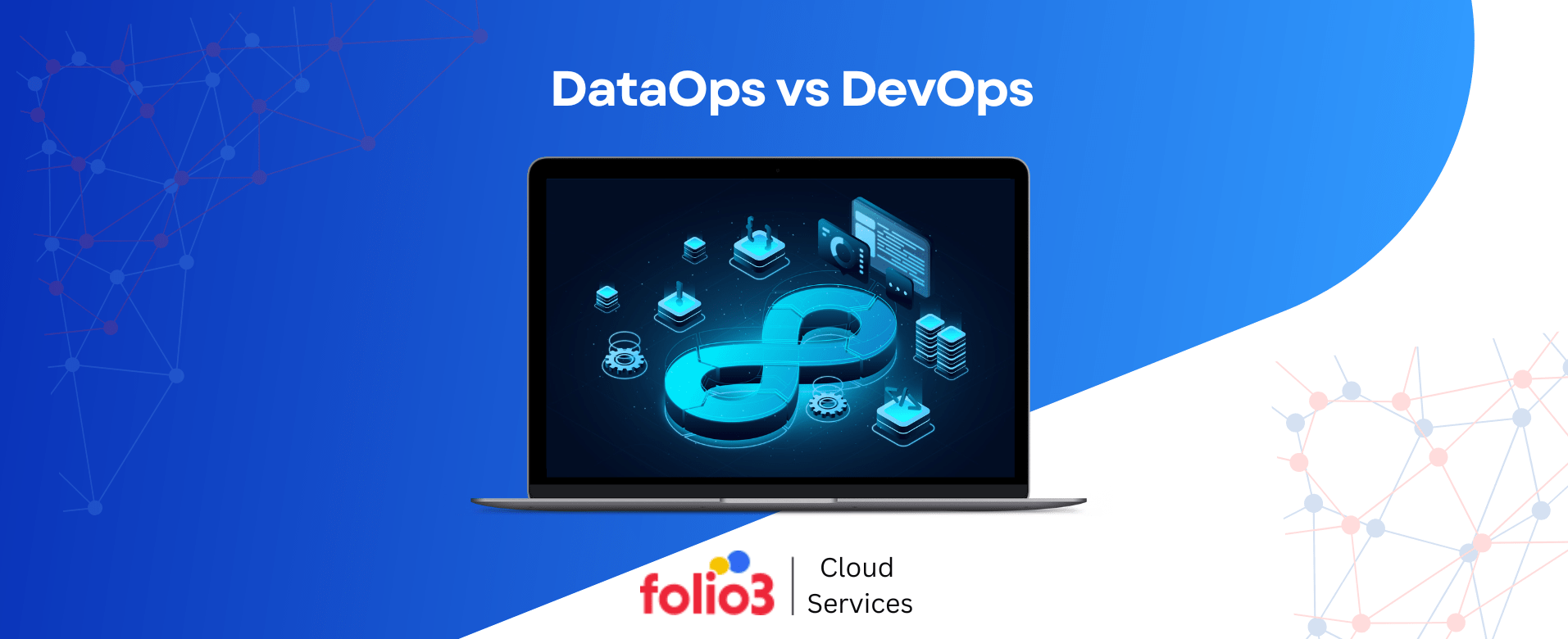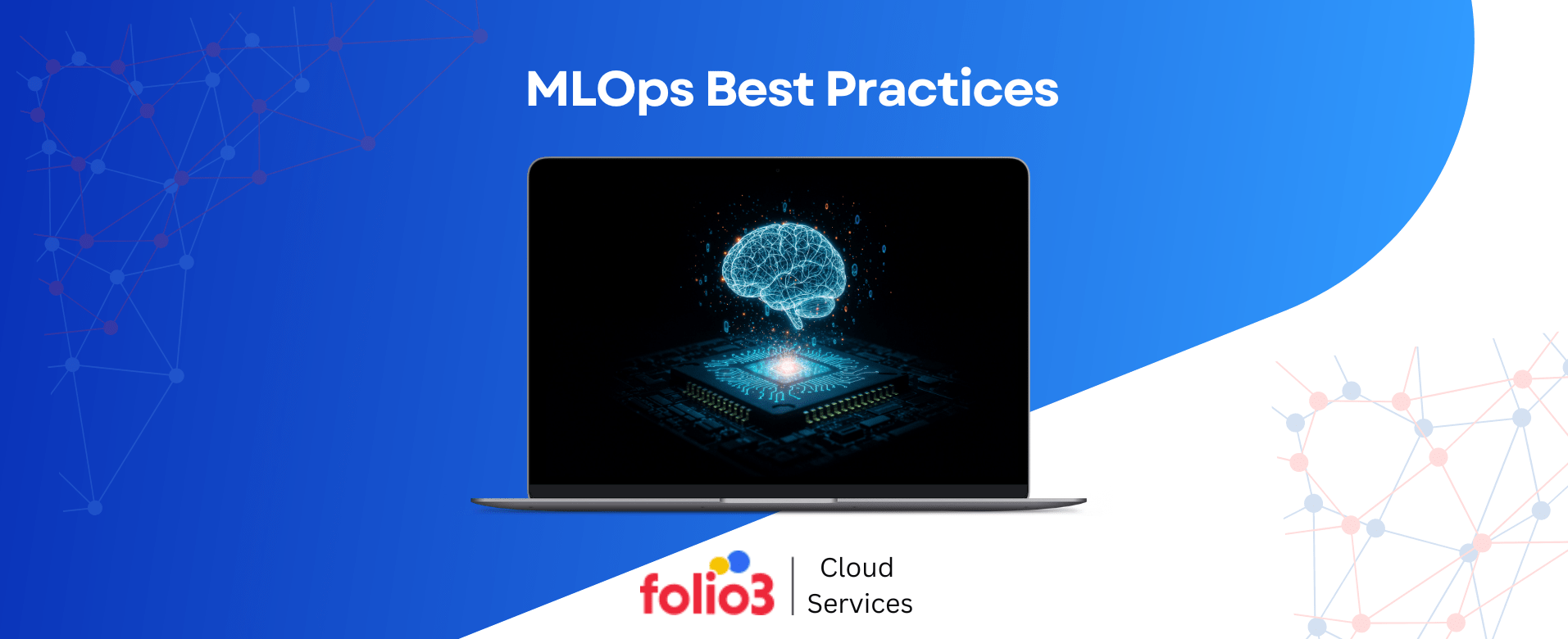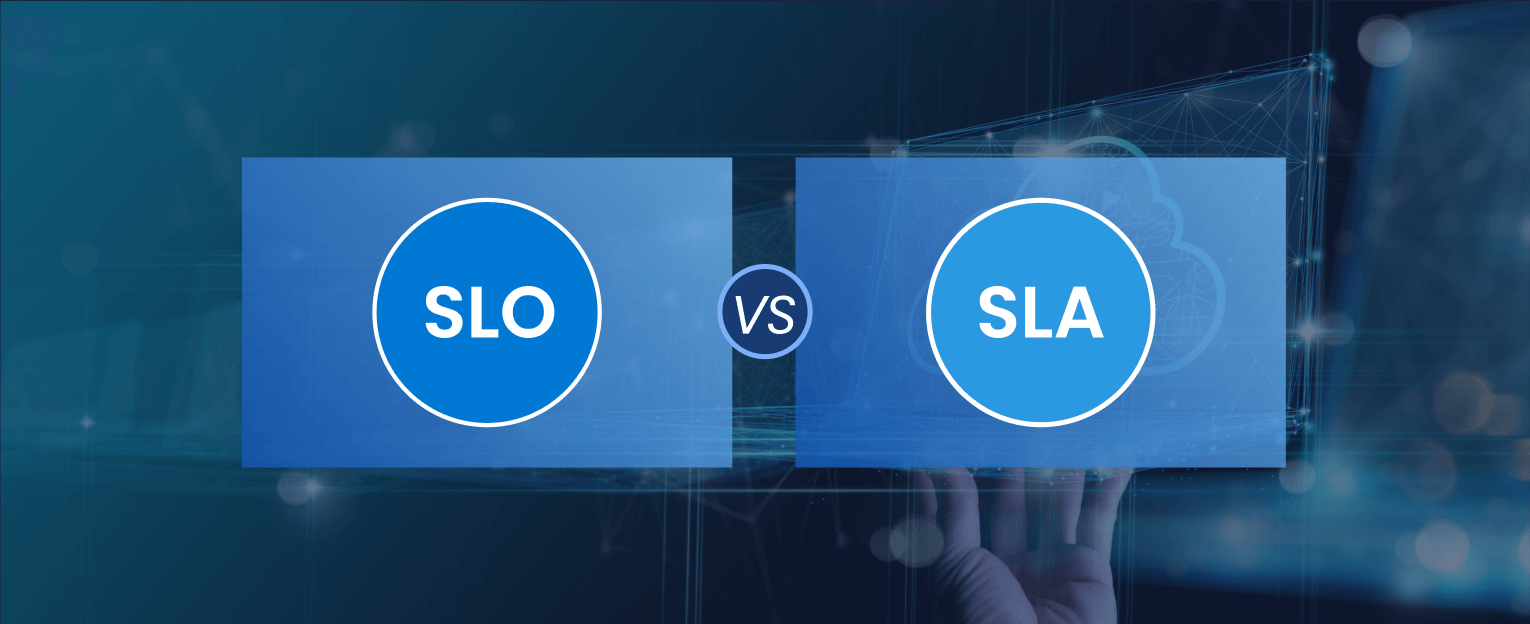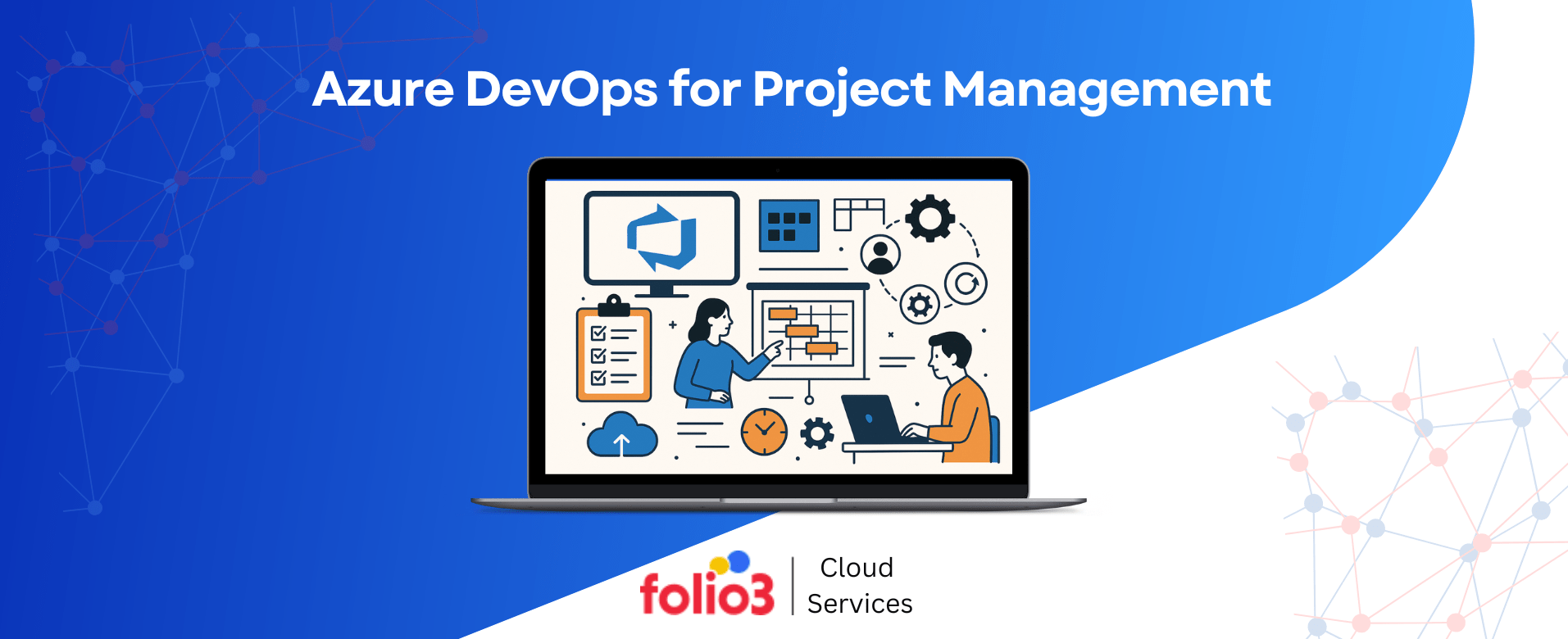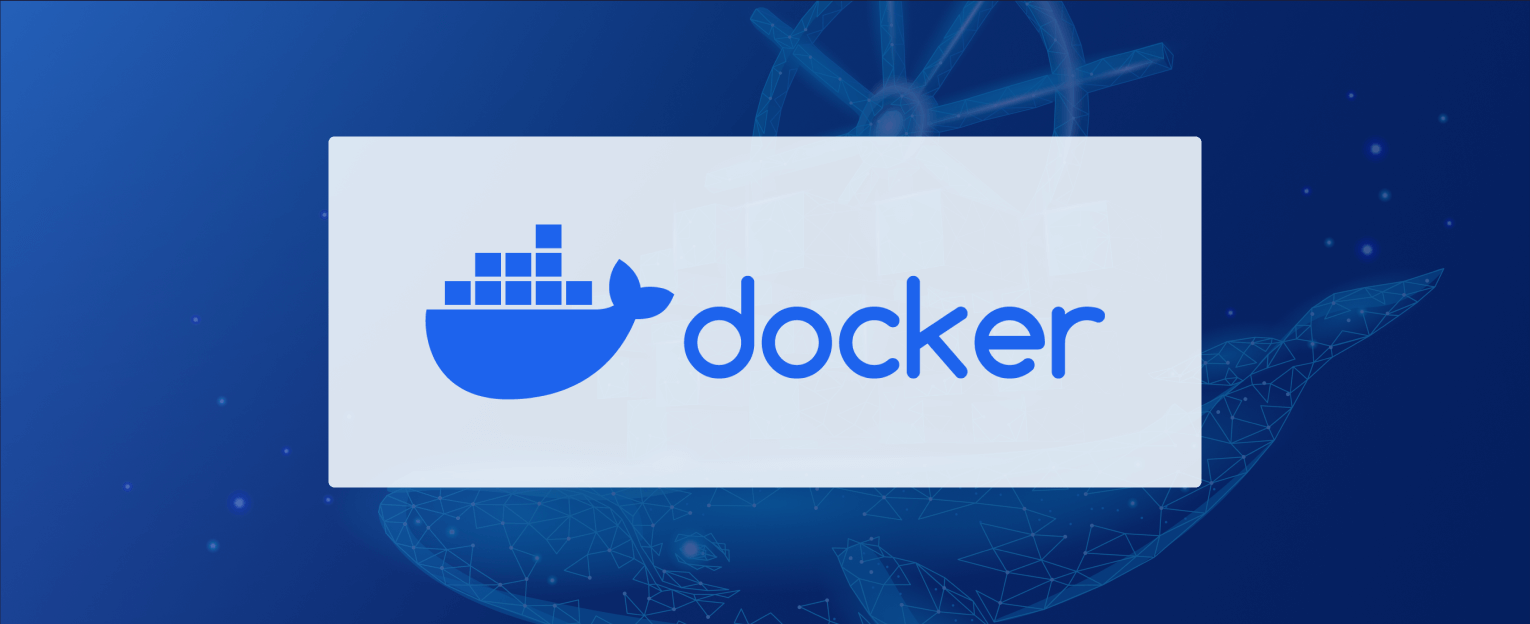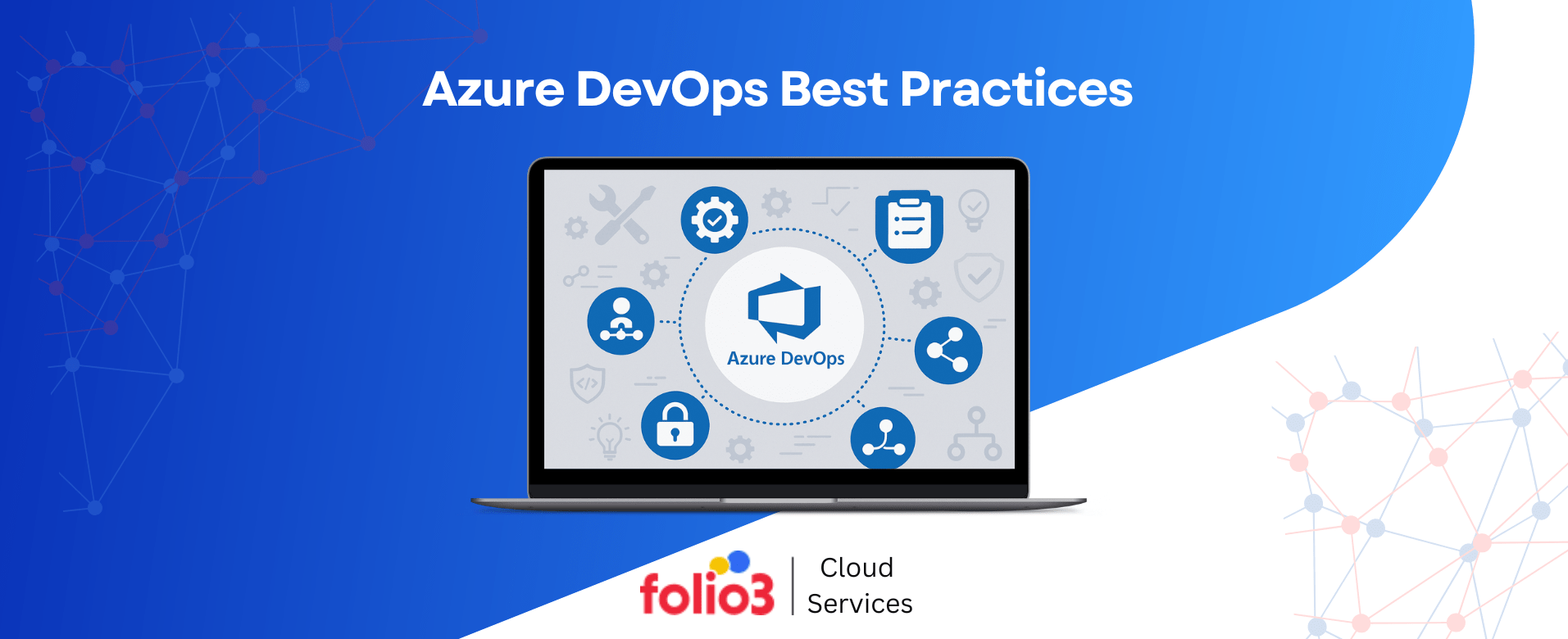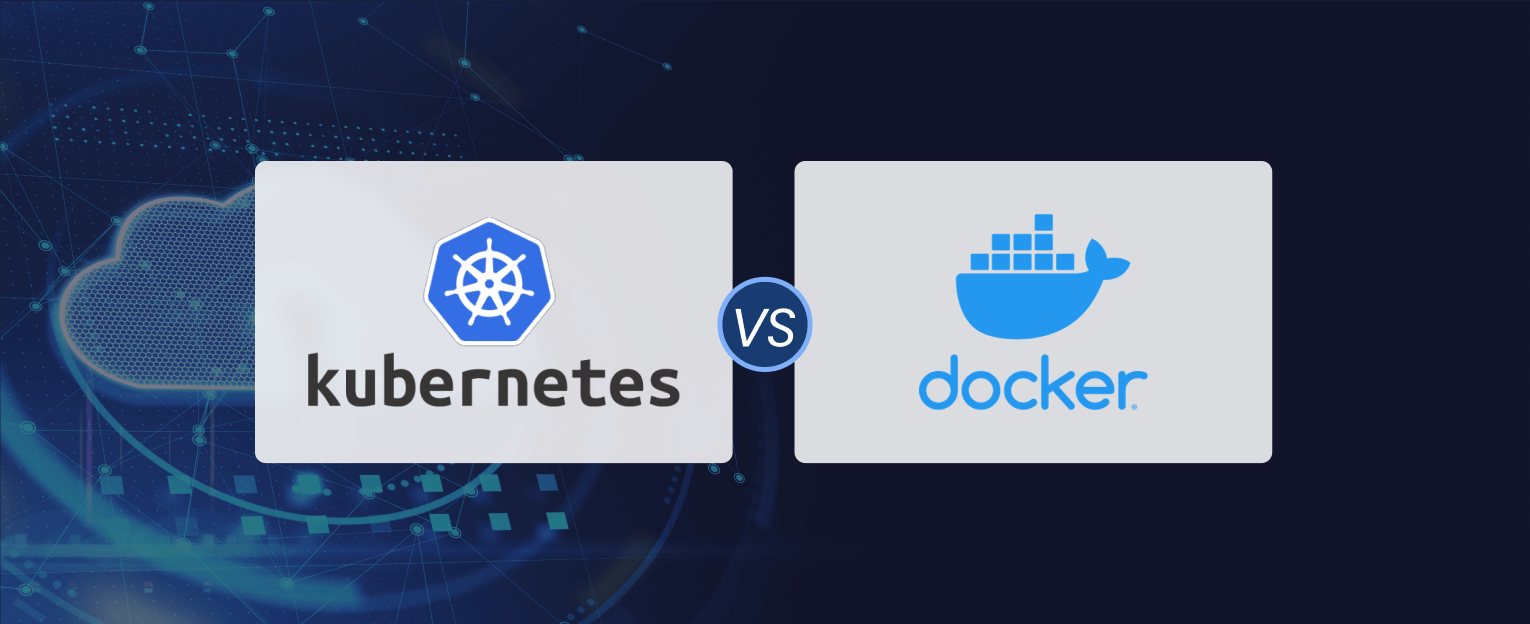As businesses push for faster software delivery, the need to address security threats without slowing down development has become a top priority. This is where understanding DevOps vs. DevSecOps becomes essential.
DevOps revolutionized the way teams collaborate by uniting development and IT operations, enabling faster and more efficient software delivery.
However, according to reports, cyber threats grow more sophisticated with over 2,200 cyberattacks reported daily in 2024 alone security can no longer be treated as an afterthought. That is when DevSecOps comes, it is a methodology designed to integrate security practices directly into every stage of the software development lifecycle.
This blog will walk you through the difference between DevOps and DevSecOps, highlighting their roles, benefits, and how each contributes to modern software development.
What is DevOps?
DevOps is a modern software development approach that bridges the gap between development (Dev) and IT operations (Ops). The primary goal of DevOps is to improve collaboration between teams, eliminate silos, and accelerate the delivery of high-quality software.
This methodology emphasizes speed, automation, and seamless workflows to meet evolving customer demands and maintain a competitive edge.
By focusing on DevOps automation and efficiency, it enables businesses to achieve faster innovation cycles, enhance customer satisfaction, and reduce operational bottlenecks. Some key principles of DevOps include:
- Continuous Integration/Continuous Delivery (CI/CD): Automating testing, integration, and deployment processes through CI/CD Consulting helps organizations deliver updates and new features quickly and efficiently. According to a 2024 study by Atlassian, organizations using CI/CD pipelines report 20% faster time-to-market for software releases.
- Infrastructure as Code (IaC): Managing and provisioning infrastructure through code, reducing manual errors and improving scalability.
- Cross-Team Collaboration: Encouraging shared accountability between development and operations teams to ensure smoother and faster processes.
What is DevSecOps?
While DevOps emphasizes collaboration and automation, DevSecOps takes it a step further by embedding security practices directly into the development process.
Its philosophy, often referred to as “security as code,” ensures that security is a proactive measure rather than a reactive fix, addressing vulnerabilities early and comprehensively.
Some key principles of DevSecOps include:
- Shift-Left Security: This approach incorporates security checks at the earliest stages of development. Studies show that addressing vulnerabilities early can reduce remediation costs by up to 60%, according to a 2023 Forrester report.
- Continuous Vulnerability Scanning: DevSecOps workflows include automated scans to detect and address security threats in real time, ensuring that the final product is robust and secure.
- Collaborative Security Culture: By uniting development, operations, and security teams, DevSecOps fosters a culture of shared responsibility for safeguarding applications.
So What’s the Core Difference Between DevOps vs DevSecOps?
The core difference between DevOps and DevSecOps lies in their scope. While DevOps focuses on speed and efficiency, DevSecOps adds a critical layer of security, ensuring that rapid development doesn’t compromise the safety of applications. This makes DevOps vs DevSecOps a choice between speed alone and a balanced approach that also prioritizes long-term security.
For businesses deciding on DevOps or DevSecOps, the answer often depends on their industry, application requirements, and risk tolerance.
However, as cybersecurity threats rise globally, with over 33 billion records exposed in data breaches in 2023 alone, adopting DevSecOps is becoming more of a necessity than an option.
DevOps vs. DevSecOps: A Detailed Comparison
To better understand the difference between DevOps and DevSecOps, let’s break it down into key parameters with a comparison chart:
| Parameter | DevOps | DevSecOps |
| Definition | Focuses on collaboration and automation between development (Dev) and operations (Ops) teams. | Builds upon DevOps by embedding security practices into every stage of the software development lifecycle. |
| Purpose | Streamlines workflows to enhance collaboration, efficiency, and accelerate software delivery. | Ensures secure software delivery by proactively identifying and addressing vulnerabilities. |
| Focus | Prioritizes efficiency, automation, and speed of delivery. | Emphasizes security, ensuring vulnerabilities are mitigated without compromising delivery timelines. |
| Primary Goals | Faster delivery of high-quality software. | Secure delivery of software while maintaining speed and quality. |
| Processes | Emphasizes CI/CD pipelines, automated testing, and deployment to speed up delivery. | Integrates security practices like code analysis, vulnerability scanning, and compliance checks into workflows. |
| Integration Points | Focuses on CI/CD pipelines and deployment automation. | Adds security tools and processes at every stage of the CI/CD pipeline, from coding to deployment. |
| Tools | Relies on tools like Jenkins, Docker, Kubernetes, and Git for automation and deployment. | Includes security-focused tools such as OWASP ZAP, Snyk, Checkmarx, and other vulnerability scanners. |
| Team Involvement | Collaboration primarily between development and operations teams. | Collaboration extends to include security teams, fostering a shared culture of accountability. |
| Team Roles and Responsibilities | Development teams focus on coding; operations manage infrastructure and deployment. | Developers, operations, and security teams share responsibilities, embedding security into workflows. |
| Security Emphasis | Security is often treated as a separate phase, typically after development. | Security is embedded at every step, starting from planning and design stages (“Shift-Left Security”). |
DevOps vs. DevSecOps in Practice
A 2024 survey by GitLab revealed that companies adopting DevSecOps report a 28% reduction in security incidents compared to those using DevOps alone. This highlights the growing importance of security integration in software development.
For businesses deciding between DevOps or DevSecOps, consider the following:
- DevOps is ideal for organizations prioritizing speed, automation, and team collaboration to deliver software efficiently.
- DevSecOps, on the other hand, is critical for industries handling sensitive data or those exposed to high cybersecurity risks, as it balances speed with proactive security.
Why is Security in DevOps Essential?
The evolving threat landscape in software development has made integrating security into DevOps practices a necessity rather than an option. While DevOps vs DevSecOps highlights the differences in security focus, understanding why security is critical in DevOps processes helps underline the need for the transition to DevSecOps.
Evolving Threat Landscape
As software development accelerates, so do cyber threats. According to a 2024 report by Cybersecurity Ventures, cybercrime costs are expected to reach $10.5 trillion annually by 2025, emphasizing the growing risk for organizations with insufficient security measures.
Attackers exploit vulnerabilities introduced during coding, testing, or deployment, making proactive security essential in all development workflows.
Real-World Examples of Security Breaches
These breaches highlight how treating security as an afterthought in DevOps workflows can leave organizations vulnerable to exploitation. Oversights in DevOps practices can have catastrophic consequences:
- Equifax Breach (2017): A failure to patch a known vulnerability in time led to a data breach that exposed sensitive information of 147 million users, costing the company $1.4 billion in settlements and penalties.
- SolarWinds Attack (2020): Hackers exploited weaknesses in the software supply chain, compromising the systems of thousands of customers, including Fortune 500 companies and government agencies.
Proactive vs. Reactive Approaches
Traditional DevOps often takes a reactive approach to security addressing vulnerabilities after they are discovered. However, this can lead to delayed responses, higher costs, and increased risk exposure. DevSecOps advocates for a proactive “Shift-Left Security” approach, embedding security early in the development lifecycle.
According to the Ponemon Institute, fixing vulnerabilities during the design phase costs 30 times less than addressing them after deployment. This underscores the importance of integrating security tools, such as automated vulnerability scanning and secure coding practices, into CI/CD pipelines.
Key Takeaways
The difference between DevOps and DevSecOps lies in how they prioritize security. DevOps focuses on efficiency, but failing to integrate security can lead to significant risks. DevSecOps ensures that security is not an afterthought but an integral part of the development process.
For organizations considering DevOps or DevSecOps, the evolving threat landscape and the high cost of breaches make adopting DevSecOps a strategic necessity. By addressing vulnerabilities proactively, businesses can protect their reputation, minimize risks, and deliver secure software without compromising speed or efficiency.
When to Choose DevOps Over DevSecOps (and Vice Versa)
Deciding between DevOps vs DevSecOps depends on various factors, such as project size, industry regulations, and the level of security required. While both methodologies focus on streamlining software development, their goals and approaches differ significantly.
Understanding when to adopt DevOps or DevSecOps ensures you can align your development processes with your organizational needs.
Factors to Consider
Below are some of the factors to consider when to choose DevOps over DevSecOps and vice versa:
- Project Size and Complexity
- For small to medium-scale projects where the focus is on rapid development and deployment, DevOps is often sufficient.
- For large-scale projects with multiple integrations, sensitive data, or a distributed team, DevSecOps becomes essential due to its security-first approach.
- Industry Regulations
- Industries like healthcare, finance, and e-commerce must comply with stringent regulations such as HIPAA, PCI DSS, and GDPR. These industries require DevSecOps to ensure compliance is embedded throughout the development lifecycle.
- In industries with fewer security mandates, DevOps can handle the demands of fast-paced development with basic security measures applied post-deployment.
- Security Requirements
- If your project involves low-risk applications or internal tools with minimal exposure to external threats, DevOps may suffice.
- Projects dealing with sensitive customer data, intellectual property, or critical infrastructure require DevSecOps to proactively mitigate risks and ensure secure delivery.
Use Cases Where DevOps Is Sufficient
Here are the use cases when DevOps is sufficient:
- Startups and MVP Development
- Startups and small businesses often prioritize speed and efficiency to launch Minimum Viable Products (MVPs) quickly. DevOps, with its focus on CI/CD and automation, is ideal in these scenarios.
- For Example: A small SaaS company building a project management tool for internal use may benefit more from DevOps for faster time-to-market.
- Non-Regulated Industries
- In industries like entertainment or gaming, where security is less of a concern, DevOps can efficiently meet deployment goals without adding unnecessary complexity.
Use Cases Where DevSecOps Is Critical
Here are the use cases when DevSecOps is sufficient:
- Highly Regulated Industries
- Industries such as banking, healthcare, and government rely on DevSecOps to ensure compliance and mitigate risks associated with sensitive data handling.
- Example: A financial services company implementing online banking software must integrate robust security protocols to protect user credentials and transactions.
- Applications Targeted by Cyber Threats
- Cloud-based applications, e-commerce platforms, and software handling Personally Identifiable Information (PII) are frequent targets for cyberattacks. DevSecOps ensures these projects are secured from the ground up.
- Real-World Stat: In 2024, over 90% of web applications tested by cybersecurity firms had vulnerabilities, underscoring the need for proactive security measures in such use cases, according to a report by Edgescan.
- Enterprise-Level Projects
- Enterprises managing large-scale, globally distributed software systems often adopt DevSecOps to ensure consistent security standards across teams and regions.
How to Transition from DevOps to DevSecOps?
Moving from DevOps to DevSecOps is a strategic shift that integrates security into the core of your software development process. While DevOps focuses on streamlining development and operations, DevSecOps ensures security is a foundational aspect throughout the development lifecycle.
The transition can feel complex, but with a structured approach, it’s entirely achievable. Here’s a step-by-step guide to help you make the shift effectively:
Step 1 – Assess Your Current DevOps Practices
Before integrating security, take stock of your current DevOps practices and infrastructure. Evaluate how security is currently being handled in your workflow whether it’s being managed manually post-deployment or if security is overlooked entirely.
- Identify Gaps: Look for areas where security may have been treated as an afterthought.
- Evaluate Tools: Review the tools you’re currently using for CI/CD, version control, and monitoring. You’ll need to integrate security-focused tools in the next steps.
Step 2 – Define Clear Security Objectives
Establish what security means for your organization. This includes defining your security posture, risk tolerance, and compliance needs. Make sure that security is treated as an integral part of every stage of the development lifecycle, from planning to production.
- Set Security Goals: Outline what you want to achieve with DevSecOps. For example, reducing vulnerabilities, improving compliance, and ensuring secure deployments.
- Prioritize Compliance Needs: If your industry has regulatory requirements (e.g., HIPAA, PCI-DSS, GDPR), ensure these are factored into your security objectives.
Step 3 – Integrate Security Tools into Your CI/CD Pipeline
A core part of DevSecOps vs DevOps is the integration of security tools throughout the continuous integration and continuous delivery pipeline. Automating security scans, vulnerability assessments, and code reviews is crucial to identifying and addressing risks early.
- Tools for Static Application Security Testing (SAST): These tools analyze source code to identify vulnerabilities before the code is even executed.
- Tools for Dynamic Application Security Testing (DAST): These tools scan applications during runtime to detect real-world vulnerabilities.
- Example Tools:
- OWASP ZAP: An open-source tool for dynamic application security testing.
- Snyk: A developer-first security tool that scans for vulnerabilities in code and dependencies.
Step 4 – Shift Left by Embedding Security Early in Development
One of the key principles of DevSecOps is the “shift-left” approach, meaning you integrate security earlier in the development process. This shift ensures that security is not an afterthought but a core part of the design, coding, and testing stages.
- Automate Security Scans: Use security scanning tools that automatically run during code commits and before deployment.
- Incorporate Threat Modeling: Get developers to identify potential threats during the design phase.
- Code Reviews with Security in Mind: Encourage regular peer reviews that focus on both functionality and security vulnerabilities.
Step 5 – Foster a Security-First Culture Across Teams
Transitioning to DevSecOps requires cultural changes within your organization. It’s not just about adding security tools; it’s about ensuring that security becomes everyone’s responsibility. In traditional DevOps, the development and operations teams collaborate, but in DevSecOps, security teams must also be part of this collaboration from the start.
- Cross-Functional Teams: Build a culture where developers, security teams, and operations teams work together from the outset.
- Open Communication: Foster transparency between teams, where security concerns are raised early and solutions are implemented collaboratively.
- Security Champions: Appoint “security champions” within development teams to advocate for security best practices.
Step 6 – Continuous Monitoring and Feedback
Once DevSecOps is integrated, continuous monitoring is essential to ensure security remains a top priority. Real-time threat monitoring and incident response mechanisms should be in place to quickly detect and address vulnerabilities.
- Continuous Security Monitoring: Implement tools that provide real-time alerts for security breaches or vulnerabilities in live environments.
- Incident Response Plan: Develop a plan for quickly responding to any security incidents that arise, ensuring your team can act quickly and minimize damage.
Step 7 – Train and Upskill Teams
As part of the DevOps to DevSecOps transition, it’s critical that your teams are equipped with the knowledge and skills to handle security throughout the development process.
- Security Training for Developers: Provide training to your developers on secure coding practices, vulnerability scanning, and the importance of security in their workflows.
- Security Best Practices: Train your team on best practices for data protection, encryption, and risk management.
- Regular Upskilling: Conduct regular training and workshops to keep everyone updated on the latest security trends, tools, and threats.
Tools and Frameworks for DevSecOps
To successfully integrate security into your DevOps pipeline, you’ll need the right tools and frameworks. Below are a few categories of tools that support security automation and integration:
- CI/CD Security Tools
- Jenkins with Security Plugins: Automate security tasks in the CI/CD pipeline.
- GitLab CI: Includes security features like secret scanning and dependency vulnerability checks.
- Container Security
- Aqua Security: Helps protect applications running in containers and serverless environments.
- Twistlock: Offers vulnerability scanning for containerized applications.
- Infrastructure Security
- HashiCorp Vault: Manages secrets, credentials, and other sensitive data securely.
- Terraform with Security Modules: Automates infrastructure management while ensuring compliance and security.
FAQs
What is the difference between DevSecOps and DevOps?
DevSecOps integrates security into DevOps by making it a shared responsibility throughout the development lifecycle, while DevOps focuses primarily on software development and operations.
Does DevSecOps need coding?
Yes, DevSecOps requires coding to automate security practices and integrate them into the development pipeline.
Is Jenkins a DevSecOps tool?
Jenkins is primarily a CI/CD tool but can be used in DevSecOps to automate security testing and integration into the pipeline.
What is DevSecOps vs CICD?
DevSecOps integrates security within the CI/CD pipeline, while CI/CD focuses on automating the build, test, and deployment processes.
Is CI CD a DevOps tool?
Yes, CI/CD is a core practice within DevOps for automating the development lifecycle.
Is DevSecOps a SDLC?
DevSecOps is an approach that integrates security into the Software Development Life Cycle (SDLC), ensuring security at every stage of development.
Is SRE part of DevSecOps?
SRE (Site Reliability Engineering) focuses on system reliability and performance, which can be integrated into DevSecOps for more secure and resilient systems.
Which CI CD tool is best?
The best CI/CD tool depends on the organization’s needs, but popular choices include Jenkins, GitLab CI, CircleCI, and Travis CI.
What are DevOps tools?
DevOps tools are software tools used to automate the development, testing, deployment, and monitoring of applications, such as Jenkins, Docker, Kubernetes, and Ansible.
Conclusion
While DevOps focuses on streamlining development and operations, DevSecOps integrates security into every stage of the software development lifecycle, ensuring that speed and security go hand-in-hand.
As cybersecurity threats grow more sophisticated, transitioning to DevSecOps becomes crucial for organizations handling sensitive data or facing stringent regulations.
For businesses looking to improve their cloud and data security, Folio3 offers expert cloud and data services, ensuring that your DevOps implementation is seamless and secure.

